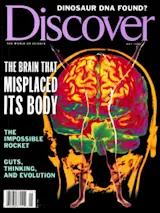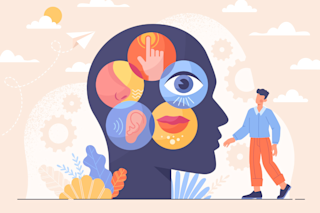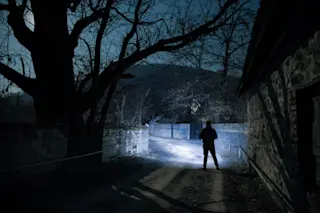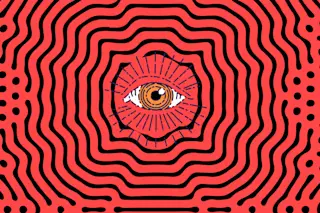Mrs. M. is adamant. People are saying her left side is paralyzed, and she knows they are wrong. Several days ago the 76-year-old Californian suffered a stroke. She now sits in a wheelchair while a doctor in a crisp cream-colored suit bends over her, asking questions. She answers them with perfect coherence. Does she know where she is? Yes, she is in a hospital, brought here by her daughter. Does she know what day of the week it is? Of course. It is Tuesday afternoon.
Then the doctor starts in again about her hands. Can she use her right hand? Yes. Her left? Yes, of course. He asks her to use her right hand to point to a student who is taking notes, and she obliges. He asks her to point to the student with her left hand instead. This time she doesn’t move.
Mrs. M., why didn’t you point? ...














